
Inflation’s got everyone rethinking their spending habits. Those little splurges? They add up fast these days. Americans are crossing plenty of once-loved purchases off their lists—not just because of cost but also because priorities have shifted. Here are 20 things nobody’s buying like they used to.
Luxury Handbags

Designer handbag sales are slowing as shoppers prioritize practicality over prestige. Price hikes without added value have led many to seek affordable, high-quality alternatives rather than overspending on status symbols. Some brands have even increased prices by over 20%, further rendering luxury handbags a less justifiable expense for consumers.
Lumber

Renovation plans are hitting a wall—literally—as lumber prices stay stubbornly high. Canadian import tariffs and volatile market conditions have sent costs skyrocketing. Builders face shortages, unpredictable price hikes, and supply chain delays. To manage budgets, countless renovators are postponing projects or turning to alternative materials like engineered wood or metal framing.
Breakfast Cereals
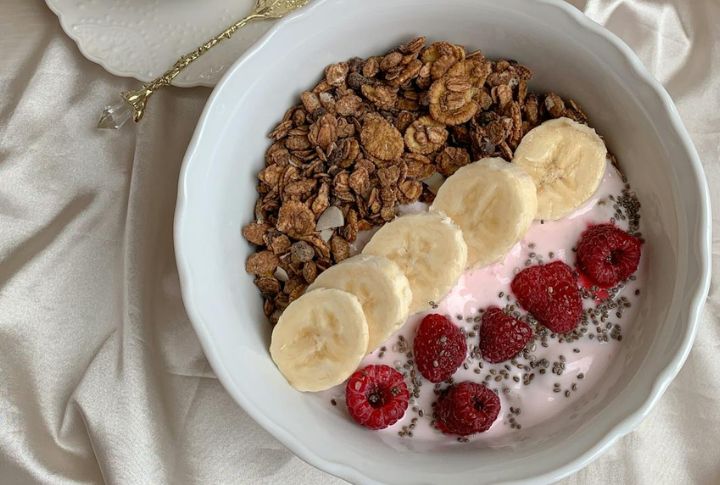
Cereal is no longer the budget-friendly breakfast it once was. Prices have climbed past $7 for some brands, even as box sizes shrink. This “shrinkflation” makes groceries pricier overall. That’s why many families are switching to more affordable options like eggs and oatmeal to stretch their budgets.
Packaged Snacks
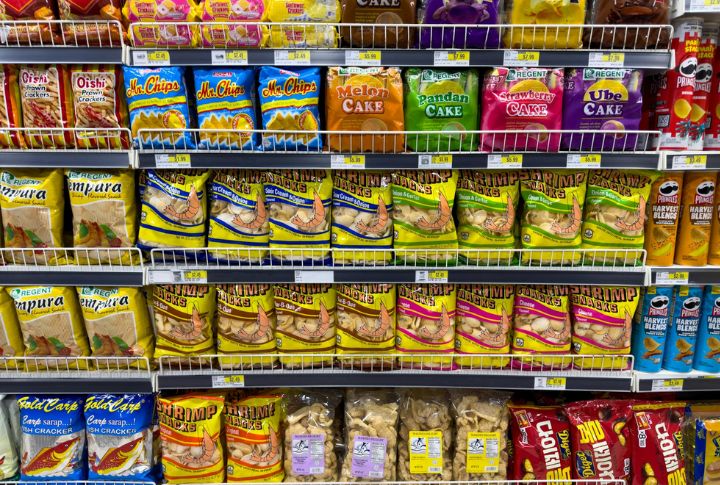
Snack sales are dropping as inflation makes chips and cookies too expensive. Major brands like Campbell and General Mills report falling sales as consumers shift to bulk buys or homemade options. High costs and smaller sizes are making packaged snacks easier to skip. And some even take it as a boon in disguise.
Premium Fresh Produce
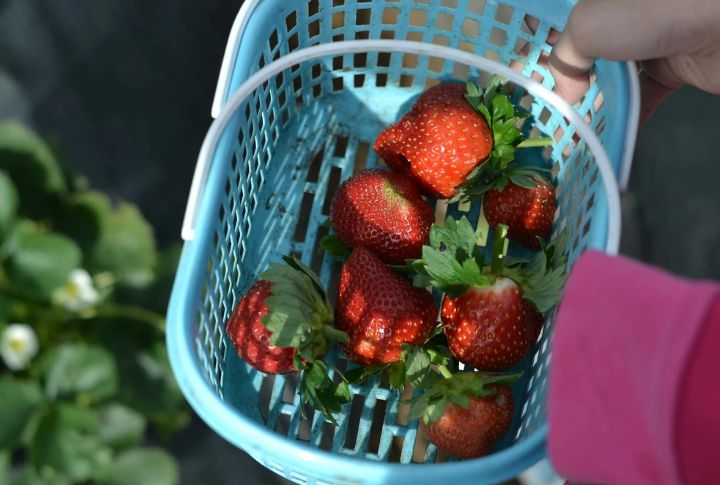
Tariffs and supply chain problems have made fresh, out-of-season produce a luxury. Items like winter berries or imported asparagus are now out of reach for many families. Instead, consumers are turning to seasonal harvests or frozen produce, both offering similar nutrition at much lower prices.
Detergent Pods And Dishwasher Pods
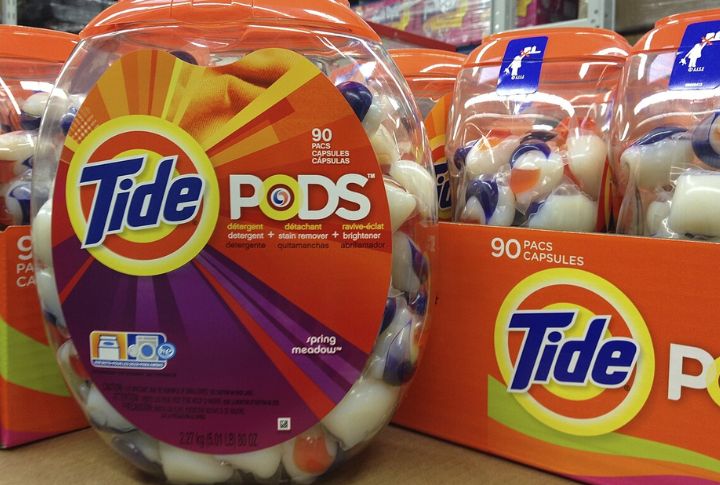
Detergent pods may be convenient, but their per-load cost is much higher than traditional options. Liquid and powder detergents offer better value per load, and DIY methods are gaining popularity. Shoppers realized that paying extra for pre-measured pods simply made no sense when traditional detergents deliver the same results.
Cable TV Equipment
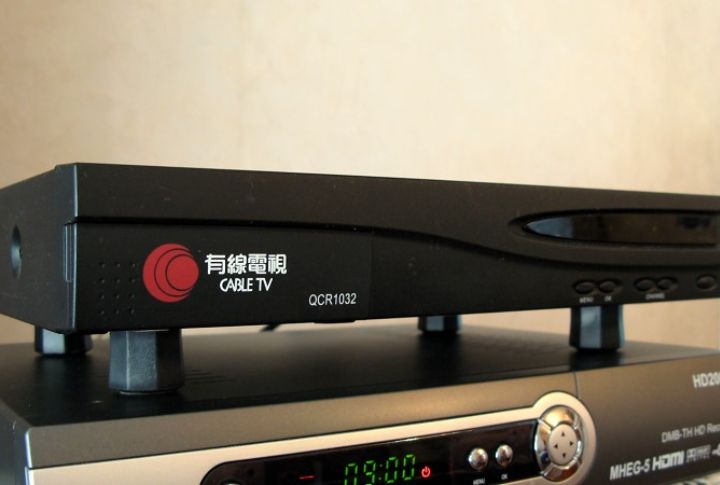
Cable TV is losing ground. Traditional packages can’t compete with streaming’s convenience and price. Between steep rental costs and declining channel lineups, households are cutting the cord. Plus, as providers hike fees, viewers shift toward customizable on-demand services offering more content and fewer extra charges. But…
Subscription Boxes
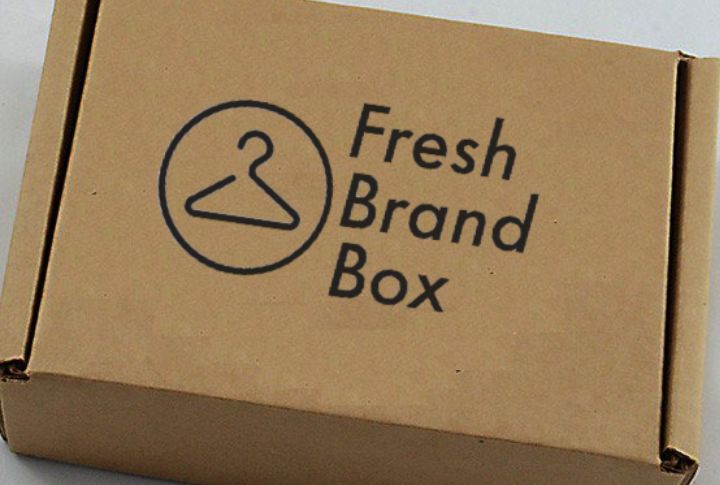
These days, the subscription box bubble is also bursting due to rising costs and limited personalization. Unlike direct purchases, which let shoppers pick exactly what they need, subscription services sometimes include unnecessary items. That’s why a few are leaning towards Pay-on-Demand services, while others look for illegal ways to stream stuff.
Coffee Beans
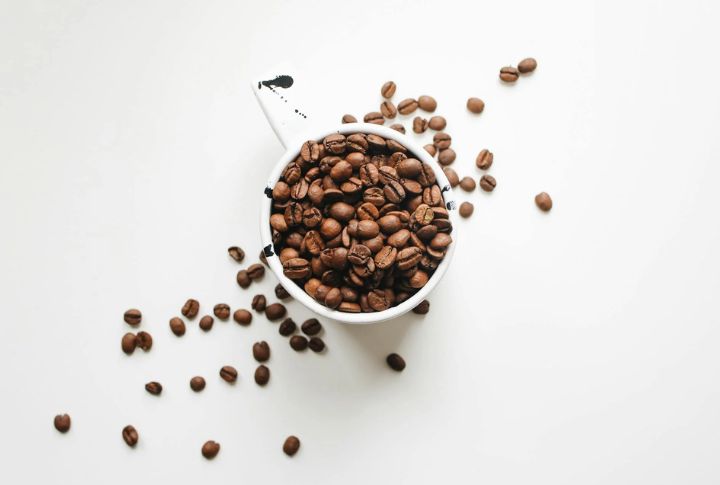
That morning coffee is getting painfully expensive. Climate-driven crop failures in Brazil and Vietnam, coupled with import tariffs, have reduced global supply. Premium brands are now out of reach for a large portion of the population. Because of this, consumers prefer store-brand versions or pre-ground coffee instead of premium whole beans.
Gym Memberships

Increasing gym costs and scaled-back services are leading many Americans to cancel memberships. At-home fitness has become more practical, with affordable equipment and online resources widely accessible. You’ll notice priorities changing as consumers seek different ways to stay fit without committing to monthly gym expenses.
Avocados
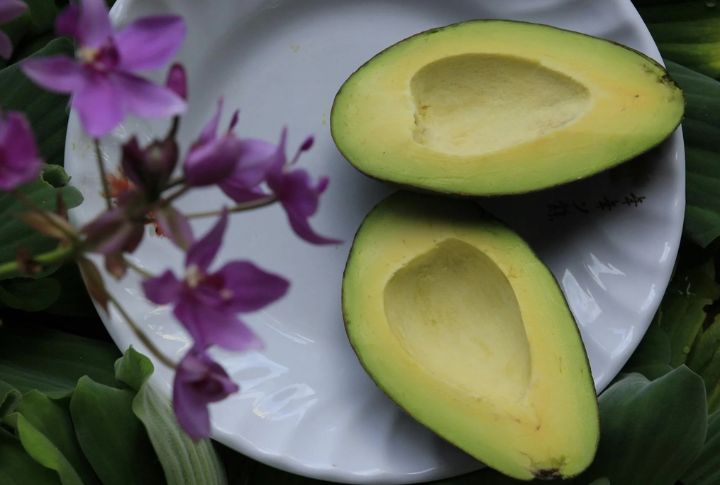
The price of avocados has spiked, driven by not just tighter import rules and shipping issues but also labor shortages. With 89% of U.S. avocados coming from Mexico, trade issues directly affect supply, and droughts have further strained availability. Folks now opt for alternatives like hummus or avoid those foods altogether.
Organic Produce
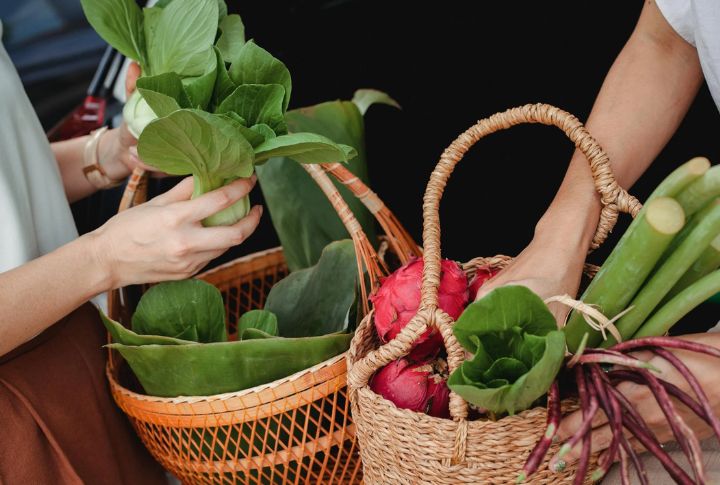
Organic produce costs up to 53% more than conventional options, which makes it less accessible. Although it was once a priority, it now feels out of reach and consequently an unnecessary expense. Consumers are shifting to locally grown alternatives that offer similar health benefits without the added cost of organic certification.
Sodas And Sugary Beverages
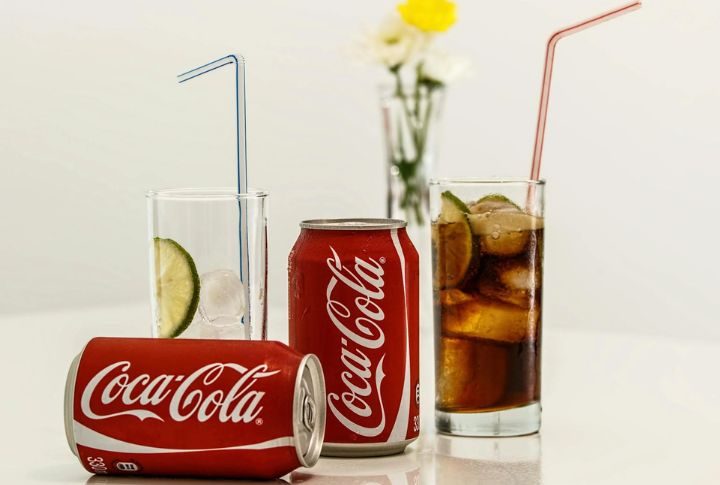
Once a staple in American households, soda is losing ground as health awareness grows and portion sizes shrink. Sugary drink taxes further encourage shoppers to look elsewhere, which has led to them swapping their favorite soft drinks for more refreshing options like lemonades and simply plain water.
Paper Towels And Toilet Paper
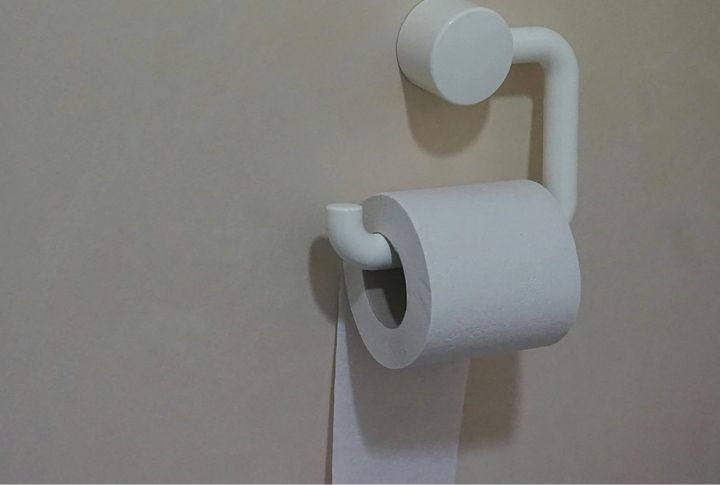
Many Americans are switching to store-brand or bulk alternatives as premium paper products become too expensive. Brand-name paper towels, when compared to old rags, feel less like necessities. And when it comes to TP, some households are just opting for bidets. It’s a one-time investment, and it also reduces their reliance on disposable paper products.
Beef
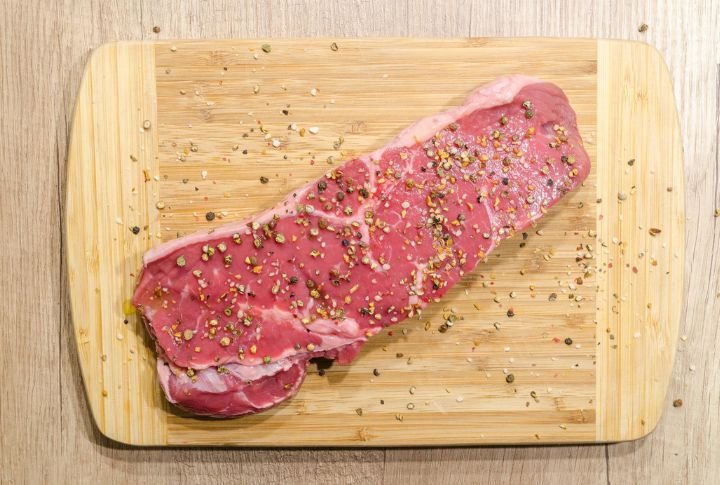
The total U.S. cattle inventory dropped to 87.2 million head, the smallest since 1951. Prolonged droughts, skyrocketing feed costs, and smaller herds have turned beef into a luxury. Even fast-food chains are cutting back on beef and leaning into more affordable meats like chicken and pork in order to balance rising costs.
Gasoline
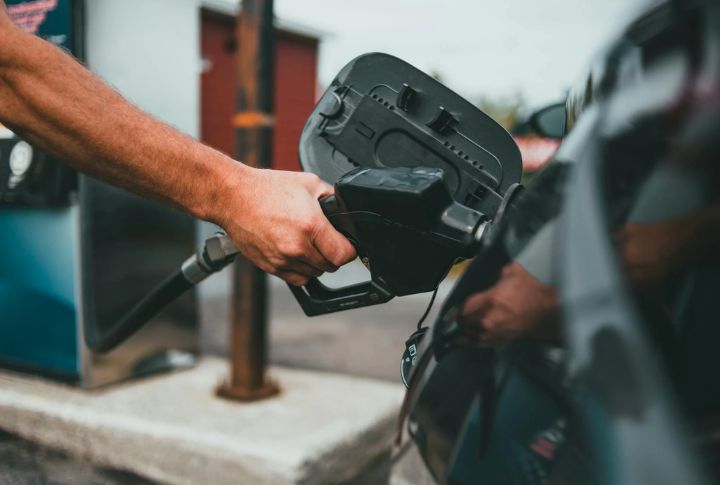
Americans are rethinking how they travel as fuel prices swing unpredictably. Political tensions and supply chain issues have driven costs up sharply, with some areas facing local shortages. More people now see electric vehicles or public transit as a steadier option in today’s economy.
Brand-Name Cleaning Products
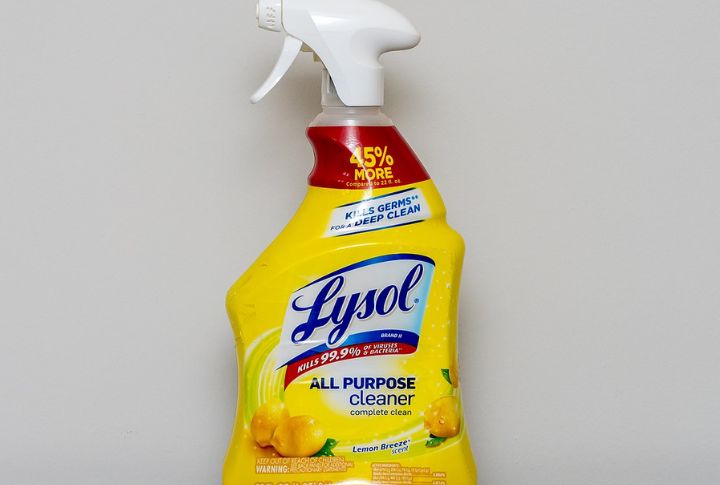
Rising costs have pushed consumers to swap expensive cleaners for DIY alternatives like vinegar and baking soda. Believe us, they handle household tasks for a fraction of the price. With product sizes shrinking and prices holding steady, you’d have noticed the preference people give to store brands just to bag a better value for their money.
Cigarettes

Higher taxes and regulatory changes have made smoking an increasingly expensive habit. The FDA’s push to reduce nicotine levels has discouraged purchases. Plus, some states have also introduced additional taxes, making these things even less affordable for regular consumers. This means some smokers are quitting or, sadly, switching to alternatives.
Fabric Softener And Dryer Sheets
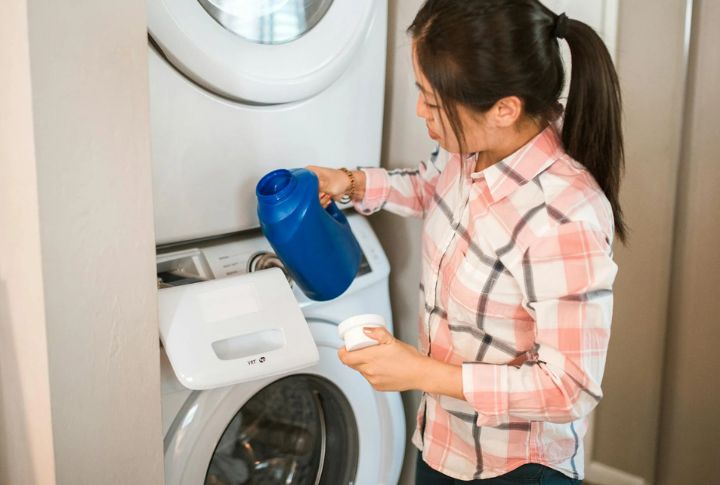
When natural alternatives like wool dryer balls offer long-lasting effectiveness without the extra expense, why would you want to buy dryer sheets? Shrinkflation has only strengthened the shift toward budget-friendly, eco-conscious solutions. Just like cleaning products, there are DIY methods for keeping your clothes soft, too.
Mattresses

As costs rise due to expensive materials, mattress buyers scale back purchases. Warranties have also decreased, but the prices still remain high. So, it makes sense when regular folk choose lower-cost alternatives or wait for better deals instead of buying brand names. What was once a periodic investment now requires even more careful consideration.
